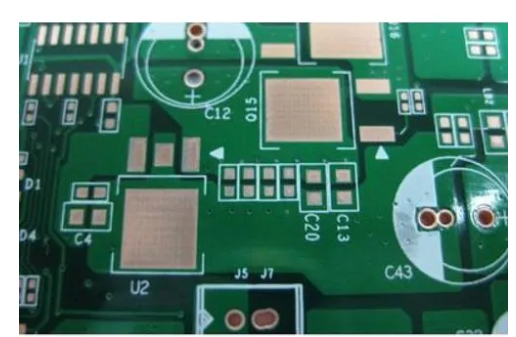Ensuring the PCBA delivery date is always the top priority of SMT chip processing and production. However, the challenge faced by many PCBA manufacturers is that the processes involved in PCBA processing may be numerous and complex. The smallest details can make the biggest difference.
Below, we will discuss the methods to effectively improve PCBA production efficiency in SMT placement. These methods will help you simplify production, achieve goals and reduce costs.
1. Minimize BOM list changes
When specifying a bill of materials (BOM), it is often found that PCB design engineers have listed several similar components in the same board reference. Although this selection element may have the best intent, it can be a challenge because the size and shape of parts provided by different manufacturers may vary.
SMT pick and place procedures are usually set up for specific components. Any deviations beyond the expected tolerances can cause parts to be scrapped and interrupt the production line. To maintain consistency, always ask your material supplier to schedule only one approved component-at least they should let you know of any possible changes so that your pick and place procedures can be updated offline and any costly machine downtime can be avoided time.

PCBA processing is not enough to have an SMT factory
2. Choose the most effective component packaging
The format of the equipment provided can be very different-especially in integrated circuits (ICs). Typical IC packaging methods may include waffle trays, tubes and reels-each part is usually distinguished by a specific letter or number at the end of the part number.
If your goal is optimal efficiency, ribbon and wound parts are preferred, because the use of tubular parts depends on the operator replacing parts when the pipe becomes empty, which may delay the manufacturing process. Of course, in some cases, such as in the case of a small batch of new product introduction (NPI), it may not be feasible to require pasting and winding parts. In this case, it may not make commercial sense to buy a large amount of equipment, so you can receive it in audio and reel formats.
If you decide to replace parts from tubular goods to tape and reel packaging, you also need to ensure that the sealing quality of the cover tape is adequate. Poor seal quality increases the risk of the cap strap moving, which may mean that parts may be damaged or lost.
3. Avoid PCBA board splicing components
Sometimes it may be necessary to splice a small amount of tape and winding assembly together to form a larger continuous strip. However, if the splicing cannot be done well, the tape may be stuck in the SMT machine. If the cover is pulled away from the load belt, the machine will get stuck and require the operator to deal with it, which will cause expensive downtime.
4. Planning is not always something to plan
Inherent in the manufacturing process is that things never happen as expected. If the SMT machine is misplaced, dropped or damaged a component, and you don’t have more of that component in your inventory, you may have two difficult choices. You can choose to continue using SMT processing and manually assemble the parts when you arrive, or you can stop working when you order (and wait) for the parts to be replaced. The reality is that neither option is particularly ideal. Manual installation of parts can affect quality, increase the risk of damage, and affect delivery time. At the same time, choosing to stop working means that your machine is idle and it costs money.
First, putting the wear and tear into the component kit may take some time, but it can save hundreds of pounds in additional rework. Therefore, make sure to require as many components as possible to exceed your actual needs. The smallest details can have a huge impact on PCBA production efficiency. By having a program that continuously monitors and improves the process, you will be able to identify and eliminate invalid content, always maintain quality first, and increase profitability.